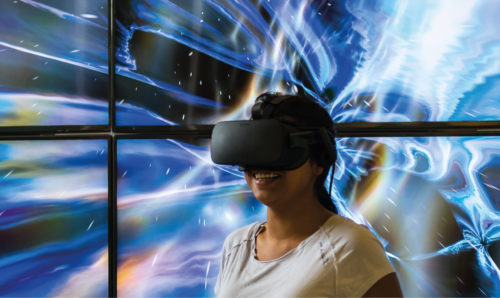Evolving into an Engineer : Part 2
Student experience 9th July 2018
During semester 1, every student soldered and tested a PCB microcontroller board for the electronics project unit. We first soldered the board in SSB National Instruments lab virtually assembled it in Solid Works in Barnes Wallis computer lab, and finally tested it in the fault-finding lab. (The final exam of Electronic project was also about fault finding).
This project unit was taught by Dr. Simon Watson, an interesting fact is that the microcontroller that we built was also designed by him when he was a student! He came to Manchester as a fresher 15 years ago, when he finished his PHD he started teaching and added this new microcontroller lab.
The microcontroller series did not come to an end after we finished the fault-finding exam. In semester 2 we have a unit called Microcontroller Engineering 1 which is taught by Dr. Frank Podd. The first lab of the unit is to further test the PCB board that we soldered three month ago. This time we used a pre-written test program called “systest” and a PICkit3 programmer to take the Input/Output board through a series of system tests.
The test was fairly easy to operate, but it was an important step before we move on to the next part of this lab. After making sure that all the lights and sensors are working properly, we started programming. The software we used is called MPLAB X IDE, which is an integrated development environment. Through this software, we can program on a computer and then download the codes onto the microcontroller. For the first quiz, our task was to program the 7-segment display to show the last two digits of our student ID. In other exercises, we learned how to program the display to make it show the same number. The way to make the displays show different numbers is to create a loop and turn on one display at a time.
Later we also learned  about input and output so we can program the microcontroller to change its display by moving the switch. The microcontroller can read the switch positions (inputs) and then provide the corresponding LED lights or 7 segment displays (outputs).
about input and output so we can program the microcontroller to change its display by moving the switch. The microcontroller can read the switch positions (inputs) and then provide the corresponding LED lights or 7 segment displays (outputs).
At the beginning of the school year I saw a previous student’s microcontroller play programmed tunes. It will have been programmed with one of the higher-level languages, but I look forward to learn more coding skills so we can have more fun with this board.
We will also take this board with us to the second year and it will form the basis for our Embedded Systems project; buggy building!
Harry
To keep up with Harrys blogs click on his name in the tags below.





Leave a Reply